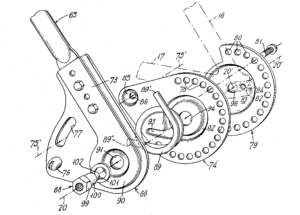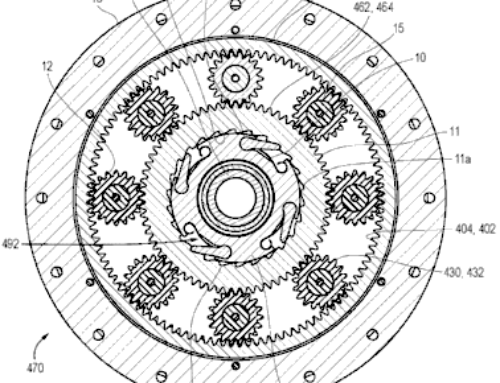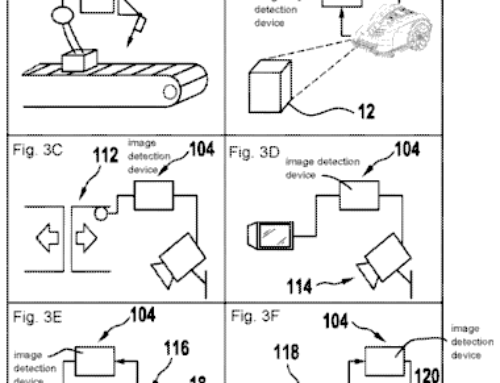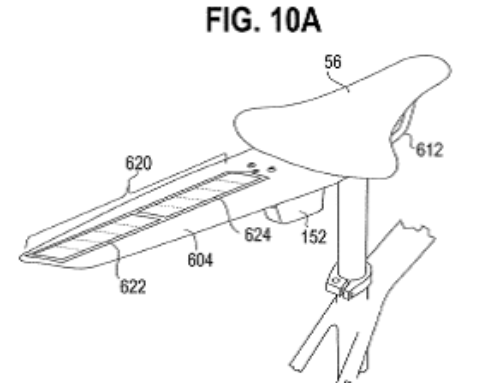
ABS for bicycles, is it coming? Anti-lock braking systems (ABS) have long been a standard safety feature in automobiles, preventing a car’s wheels from locking up during hard braking, which could otherwise lead to a loss of control. This technology is making its way onto bicycles, particularly in the growing market for e-bikes. As cycling continues to rise in popularity, especially in urban areas, the development and implementation of ABS for bicycles could represent a significant advancement in rider safety. Yet like so much in the bicycle industry, the idea is not new.
The Need for ABS on Bicycles
Bicycle crashes and accidents can often occur due to sudden stops. Traditional bicycle brakes, whether rim brakes, disc brakes, all have the potential to lock the wheels if applied too forcefully. Bicycles present a particular safety challenge: if the front wheel locks up, the rider risks being thrown over the handlebars in a hazardous “endo” or “pitch-over” situation. If the rear wheel locks, the bike can skid, leading to a loss of control and potential crashes – but that’s much less perilous than a front wheel lock-up.
ABS for bicycles addresses these risks by automatically modulating brake pressure to prevent wheel lockup. These systems allow for more controlled and safer braking, particularly in emergency situations. For e-bikes, which are generally heavier and faster than traditional bicycles, ABS can be especially crucial. As many e-bikes are used by those with little cycling experience, features like ABS may help reduce bicycle crashes and accidents – particularly for fleet/rental bikes, where a rider typically has no familiarity with the specific bicycle they’re riding.
How ABS Works on Bicycles
ABS for bicycles functions similarly to the systems used in cars and motorcycles but is adapted for the lighter, more compact bicycle framework. The system typically includes sensors that monitor wheel speed, a control unit, and an actuator that adjusts the braking force. When the system detects that a wheel is about to lock up, it rapidly decreases and increases the braking pressure to maintain traction. This process occurs in milliseconds, far quicker than a human could react.
The system is often implemented on the front wheel, as locking the front wheel poses a greater risk of causing an crash of accident. Some advanced systems may offer ABS for both wheels, further enhancing stability and safety.
Patents and patent applications from some of the industry’s leading companies, including Shimano, SRAM, and Tektro are all seeking to gain intellectual property rights to ABS for bicycles. The concept is not new though – designs for simple, mechanically-based bicycle ABS systems date back at least to the 1970s, with cable-actuated caliper (rim) brakes, such as the patent drawing shown above. But the advent of hydraulic brakes on bicycles over the last 10-15 years has allowed ABS to be implemented in a way that would be difficult or impossible with the cable style brakes used on bicycles for decades.
The Future of ABS in Cycling
As the popularity of e-bikes continues to surge, the adoption of ABS in the cycling industry is likely to grow. ABS for bicycles could represent a significant leap forward in cycling safety, particularly in the context of the rapidly expanding e-bike market. By preventing wheel lockup and improving braking performance, ABS technology holds the promise of offering riders greater control and confidence, ultimately reducing the risk of crashes and accidents. Whether that results in an actual reduction in the number of bicycle crashed remains to be seen.


